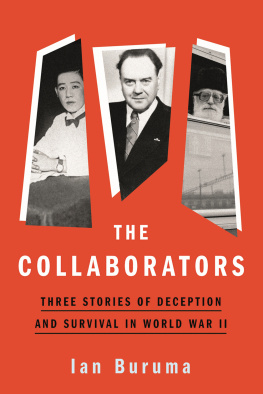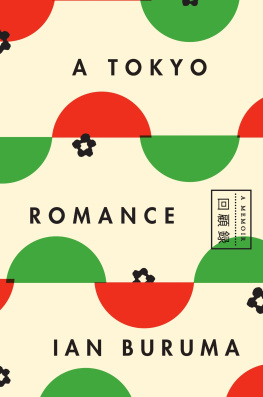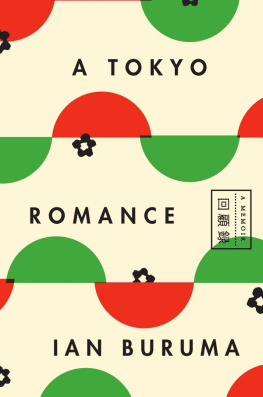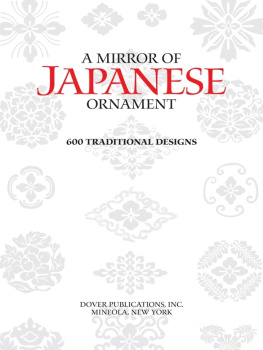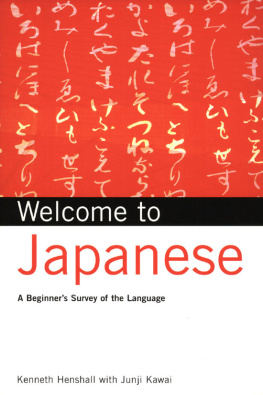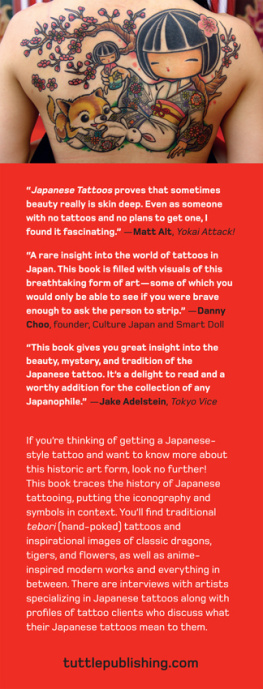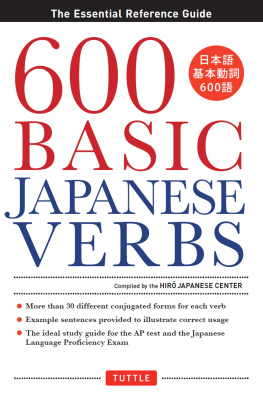Ian Buruma - A Japanese mirror heroes and villains of Japanese culture
Here you can read online Ian Buruma - A Japanese mirror heroes and villains of Japanese culture full text of the book (entire story) in english for free. Download pdf and epub, get meaning, cover and reviews about this ebook. year: 2012, publisher: Atlantic, genre: Children. Description of the work, (preface) as well as reviews are available. Best literature library LitArk.com created for fans of good reading and offers a wide selection of genres:
Romance novel
Science fiction
Adventure
Detective
Science
History
Home and family
Prose
Art
Politics
Computer
Non-fiction
Religion
Business
Children
Humor
Choose a favorite category and find really read worthwhile books. Enjoy immersion in the world of imagination, feel the emotions of the characters or learn something new for yourself, make an fascinating discovery.

- Book:A Japanese mirror heroes and villains of Japanese culture
- Author:
- Publisher:Atlantic
- Genre:
- Year:2012
- Rating:3 / 5
- Favourites:Add to favourites
- Your mark:
- 60
- 1
- 2
- 3
- 4
- 5
A Japanese mirror heroes and villains of Japanese culture: summary, description and annotation
We offer to read an annotation, description, summary or preface (depends on what the author of the book "A Japanese mirror heroes and villains of Japanese culture" wrote himself). If you haven't found the necessary information about the book — write in the comments, we will try to find it.
A Japanese mirror heroes and villains of Japanese culture — read online for free the complete book (whole text) full work
Below is the text of the book, divided by pages. System saving the place of the last page read, allows you to conveniently read the book "A Japanese mirror heroes and villains of Japanese culture" online for free, without having to search again every time where you left off. Put a bookmark, and you can go to the page where you finished reading at any time.
Font size:
Interval:
Bookmark:


Atlantic Books, an imprint of Atlantic Books, Ltd.
Preface copyright Ian Buruma, 2012
E-book ISBN: 978-1-78239-836-3
Ormond House
2627 Boswell Street
London
WC1N 3JZ
An old fertility stone |
A fertility goddess |
Two fertility stones |
Dance of The Dread Female of Heaven |
Striptease, Japanese style |
The lovers in Mizoguchis Taki no Shiraito |
Chutaro being rejected by his mother (Mother Behind My Eyes) |
The Mother of Japan trying to retrieve her son (A Japanese Tragedy) |
Imamura Shoheis favourite woman, Hidari Sachiko, in Insect Woman |
Mother and son, in a print by Utamaro |
The Goruden (Golden) Combi |
Pathos in a homu dorama |
The threatening female |
Tani Naomi dominating her slavish benefactor in Tanizakis A Fools Love |
The old man worshipping his daughter-in-laws feet (Diary of a Madman) |
Torture in a run-of-the-mill porn film |
Tani Naomi being tortured in Rope and Skin |
An Edo period courtesan, in a print by Utamaro |
Modern Japanese amusing themselves at a geisha party |
Scene in a Toruko massage parlour |
Female stars playing romantic male leads (Rose of Versailles) |
Tamasaburo playing an Edo period courtesan |
Romance in the Takarazuka theatre |
Yoshitsune as a fighting bishonen |
Kirokku in a fighting mood (Elegy to Fighting) |
A hero of the Hard School |
Kamikaze pilots |
The assassination attempt on Moronao in Chushingura |
A tattooed yakuza hero |
Death of the oyabun |
Sugawara Bunta shooting his opponent (Fighting Without Nobility) |
Takakura Ken purifying his sword with sak |
Sugawara Bunta, the nihilist hero |
Good old Tora-san |
Crowds queuing to see the newest Tora-san film |
Font size:
Interval:
Bookmark:
Similar books «A Japanese mirror heroes and villains of Japanese culture»
Look at similar books to A Japanese mirror heroes and villains of Japanese culture. We have selected literature similar in name and meaning in the hope of providing readers with more options to find new, interesting, not yet read works.
Discussion, reviews of the book A Japanese mirror heroes and villains of Japanese culture and just readers' own opinions. Leave your comments, write what you think about the work, its meaning or the main characters. Specify what exactly you liked and what you didn't like, and why you think so.

